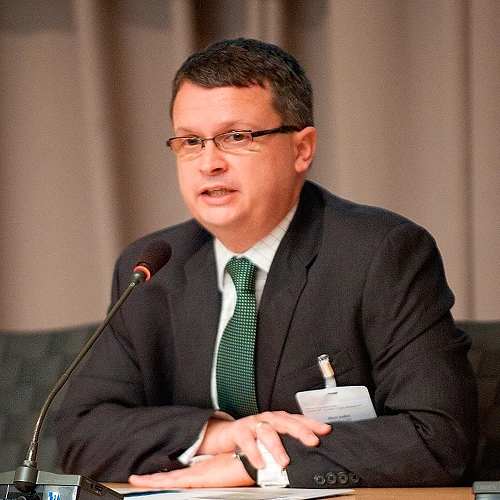
So the global challenge is clear: We need to sustainably feed 9 billion people in 2050, while building the resilience of farmers and food companies AND concurrently making agriculture part of the climate solution, not an increasingly large part of the problem.
Daunting? Well, yes of course, but that is why it is a “global challenge” and not just something that incremental change will solve.
There is nothing new in this story and many of the things we need to do are known, but just not done at scale. What is new is the fact that the interests, aspirations and objectives of a wide group of stakeholders are coming together. We have long searched for truly sustainable farming – one that will sustain farmers and enable them to prosper, while ensuring that the landscapes in which we live and work are not the subject of short term gain resulting in long term degradation.
So, this week in London, a wide range of stakeholders -- from NGOs to CEOs; from bankers to farmers; from scientists to multilateral organizations -- all came together to focus on what we needs to be done, how it can be done and, most importantly, how we need to do this together.
Will this be easy? The simple answer is no, but the consequences if we fail to transform our global food system are far worse to contemplate. We have to act, we have to act together and we need to act now. This will require us to find and develop new partnerships and to build trust working together on the issues than unite us.
Will 200 people packed in a room change the world on their own? Well, I guess everything starts somewhere and the reality is not that nothing is happening – it clearly is, the issue is that we need action at a far greater scale. Sometimes tipping points come in the most unusual places. Let’s see.


Join the Conversation